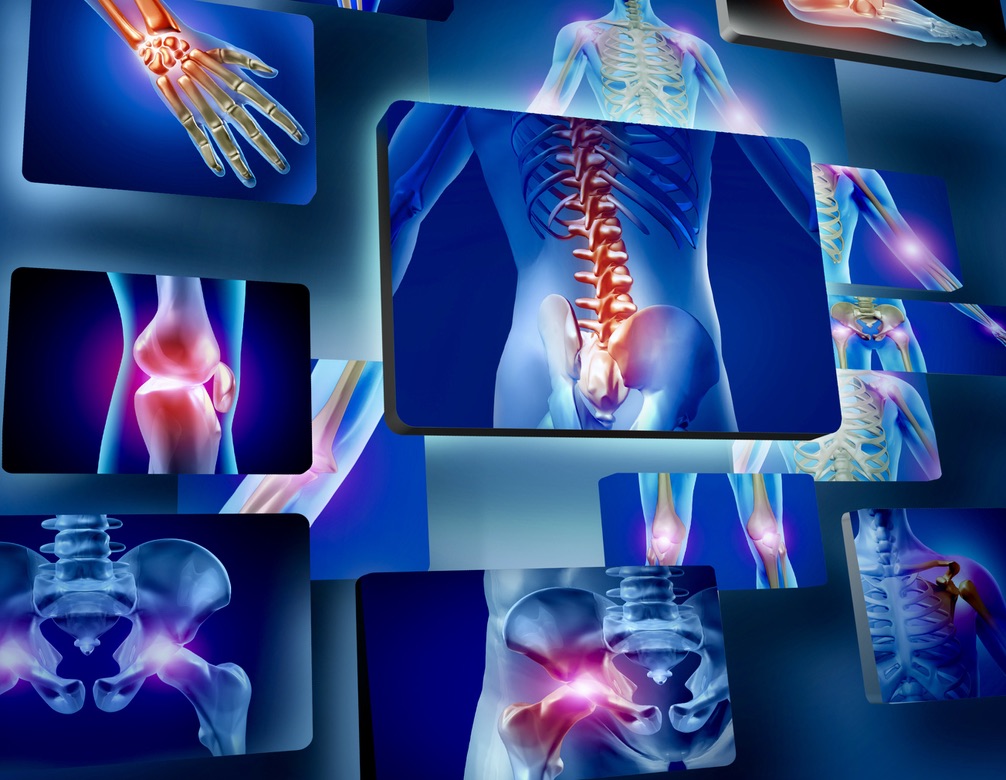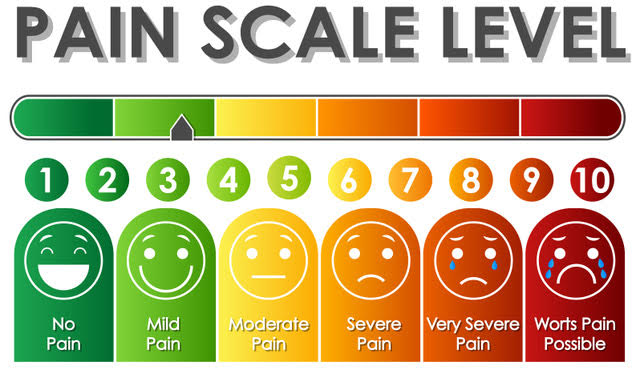What is Pain?
Pain or ache is the primary reason why patients come to the clinic to see us. The second is movement or lack of movement. Pain is a common and distressing feeling often caused by intense or damaging stimuli. The International Association for the Study of Pain defines pain as “an unpleasant sensory and emotional experience associated with, or resembling that associated with, actual or potential tissue damage.” In medical diagnosis, pain is regarded as a symptom of a condition. There are different types of aches and pain and different descriptions, which help us to diagnose the cause of the pain or ache, and therefore arrive at a course of advice and treatment.
The five most common types of pain are:
- Acute pain. Acute pain is a sudden, sharp pain that lasts for a short period of time, usually less than 6 months.
- Chronic pain. Also called persistent pain, is pain that carries on for longer than 12 weeks despite medication or treatment. Most people get back to normal after pain following an injury or operation. But sometimes the pain carries on for longer or comes on without any history of an injury or operation.
- Neuropathic pain is pain caused by damage or disease affecting the “touch/feeling” (somatosensory system). It may be associated with abnormal sensations called dysesthesia or pain from normally non-painful stimuli (allodynia)
- Nociceptive pain. Is a type of pain caused by damage to body tissue. Nociceptive pain feels sharp, aching, or throbbing. It’s often caused by an external injury, like stubbing your toe, a sports injury, or a dental procedure.
- Radicular pain. Is a type of pain that radiates from your back and hip into your legs through the spine. The pain travels along the spinal nerve root. The leg pain can be accompanied by numbness, tingling, and muscle weakness. Radicular pain occurs when the spinal nerve gets compressed (pinched) or inflamed. Sciatica is an example.
What are some of the ways to describe Pain?
- Ache
- Cramping
- Fearful
- Gnawing
- Heavy
- Hot or burning
- Sharp
- Shooting
- Sickening
- Splitting
- Stabbing
- Punishing or cruel
- Tender
- Throbbing
- Tiring or exhausting

How to describe the pain to your Therapist.
Describing your pain accurately and thoroughly may help your Therapist/Practitioner find the cause of the pain(diagnosis) and treat it.
Information that is helpful includes:
- How long you have had your pain
- Has the pain changed
- Where you feel the pain
- Whether your pain is in one spot or spread out
- How the pain feels and how severe it is
- Is the pain worse in the morning or evening
- Whether the pain is constant or comes and goes
- What activities make pain worse or improve it
- How your pain limits what you can do
- How often the pain occurs and how long does it last
- Anything that triggers the pain

How is Pain measured?
A pain scale is most commonly used. A person rates their pain on a scale of 0 to 10 or 0 to 5. Zero means “no pain,” and 5 or 10 means “the worst possible pain.” These pain intensity levels may be assessed upon initial treatment, and periodically during and after treatment.

Please take a look at our Testimonials page and see how we have helped other patients in pain.

